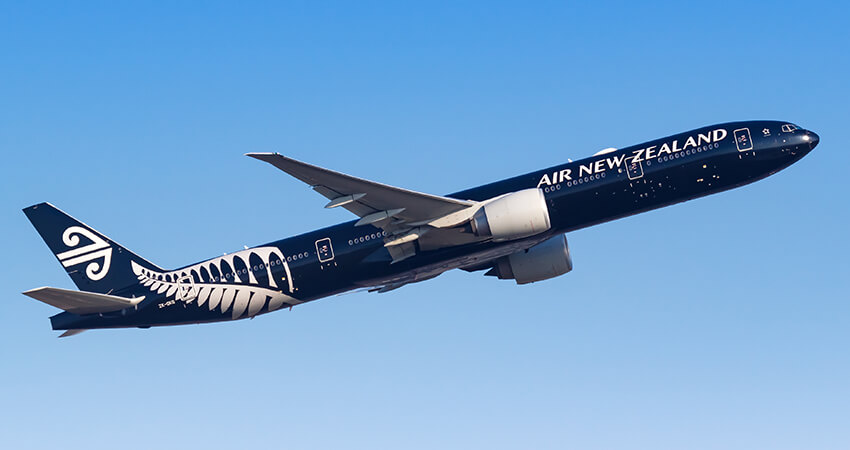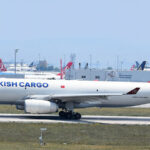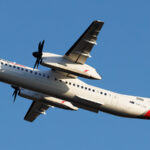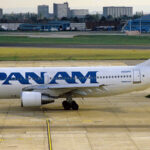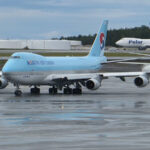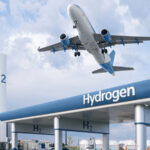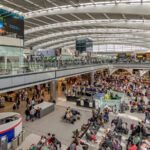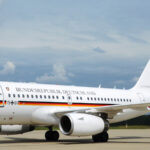Safety is an undisputed priority in the aviation world. This leads to strong protocols and regulations from authorities and international bodies, as well as rankings to determine the safest airline.
Every year, various organizations evaluate and rank airlines based on their performance in different safety-related aspects. One such organization is AirlineRatings, a website dedicated to gathering information about safe aviation.
In 2023, Air New Zealand stood out as the safest airline, narrowly surpassing Qantas, the previous year’s winner, according to the recently published ranking by the website.
Keys to Aviation Safety
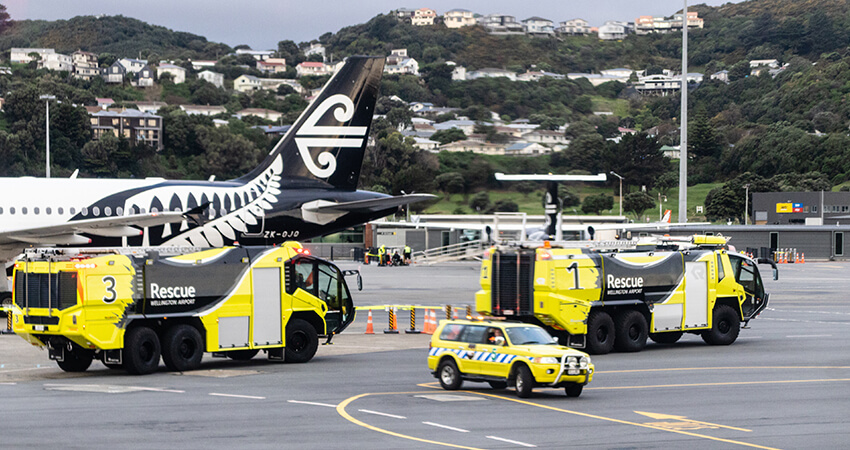
AirlineRatings’ airline safety ranking takes into account a variety of factors. These include the record of serious incidents, recent fatal accidents, and audits from aviation regulatory bodies. It also considers other elements that may affect safety, such as profitability, industry-leading safety initiatives, evaluation of expert pilot training, and fleet age.
It is worth noting that the ranking does not consider fortuitous events, as they are considered beyond the airline’s control. These events include bird strikes, injuries from turbulence, weather deviations, or lightning strikes, all of which are generally beyond the airline’s control.
Why Air New Zealand is the Safest Airline
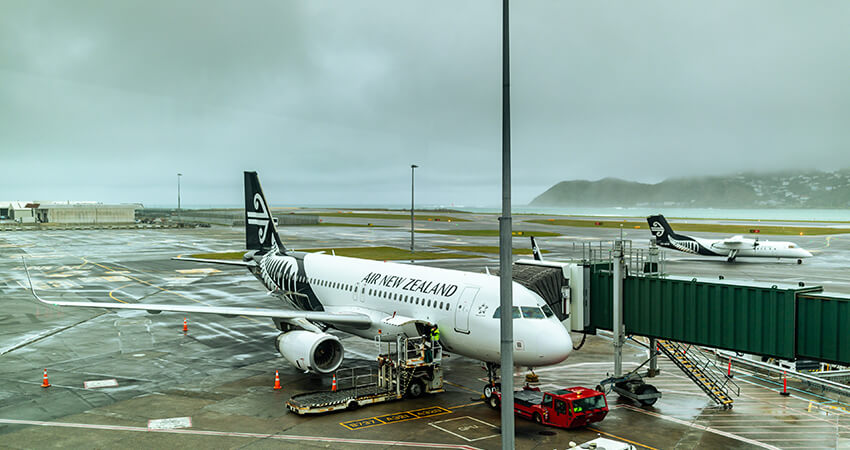
Air New Zealand stood out not only for its overall ranking but also for operating in challenging climatic environments, constantly testing pilots’ skills, especially during complex approaches to Wellington and Queenstown airports.
Moreover, the airline participates in some of the New Zealand government’s efforts to incorporate more technology into its air connections. As the search for more sustainable connections in its complex geography is crucial, air travel plays a key role. Furthermore, its distance from other continents makes its airline crucial for the country’s connections with the world.
Geoffrey Thomas, Editor-in-Chief of AirlineRatings, noted that the top 25 safest airlines are industry leaders in safety, innovation, and the introduction of new aircraft. The difference between the first and second, Air New Zealand and Qantas, was very small, underscoring the overall excellence of these airlines.
The list of the safest airlines in 2023 also includes Virgin Australia, Etihad Airways, Qatar Airways, Emirates, All Nippon Airways, Finnair, Cathay Pacific Airways, Alaska Airlines, SAS, Korean Air, Singapore Airlines, EVA Air, British Airways, Turkish Airlines, TAP Air Portugal, Lufthansa Group, KLM, Japan Airlines, Hawaiian Airlines, American Airlines, Air France, Air Canada Group, and United Airlines.
It is noteworthy that the main airlines are located in points distant from the continents with the most traffic. As in the case of Air New Zealand, Qantas itself, the national airline of Australia, also covers very extensive routes. Similarly, Etihad, Qatar, or Emirates are also companies with very distant destinations and a large number of frequencies.
Additionally, AirlineRatings published a list of the safest low-cost airlines. Jetstar, easyJet, Ryanair, Wizz Air, Norwegian, Frontier Airlines, Vueling, Vietjet Air, Southwest Airlines, Volaris, flydubai, AirAsia Group, Cebu Pacific, Sun Country Airlines, Spirit Airlines, Westjet, JetBlue, Air Arabia, IndiGo, and Eurowings are among them.
Safety Data for Air New Zealand
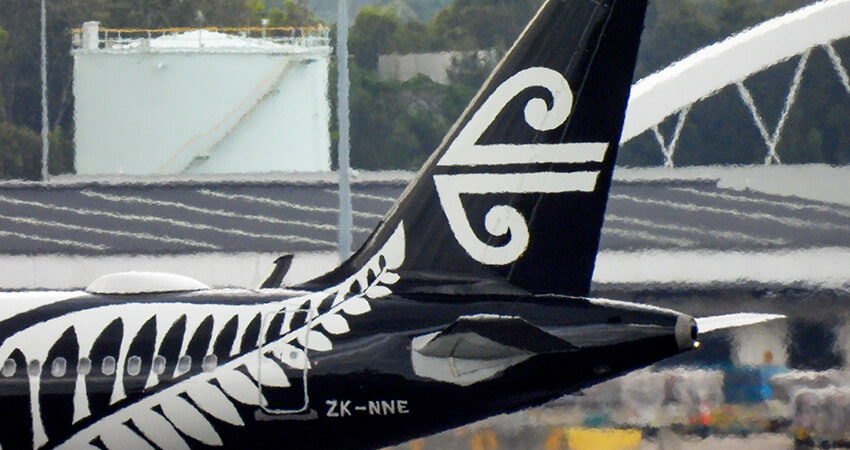
When delving into why it is the safest airline, some data emerges. One of the first is that Air New Zealand’s fleet is very young, with an average age of 8.7 years and 105 aircraft. This includes different aircraft, such as the modern Boeing 787 or the 777-300ER and the Airbus A320neo, A320ceo, and A321neo.
However, the fleet also includes other aircraft, such as the ATR 72-600 turboprops and De Havilland Canada DHC-8-Q300. The oldest aircraft is precisely the Q300, which has an average age of 17.2 years, while the Airbus A321s have an average age of 3.4 years.
Although Air New Zealand was classified as the safest airline, it was not exempt from incidents in 2023. In some cases, these were fortuitous events, such as lightning strikes, a return due to a fuel problem, a cracked windshield, and a false in-flight emergency. Despite these events, the airline has maintained its high safety standards. Furthermore, in these incidents, it has demonstrated its ability to handle unforeseen and potentially dangerous situations.
